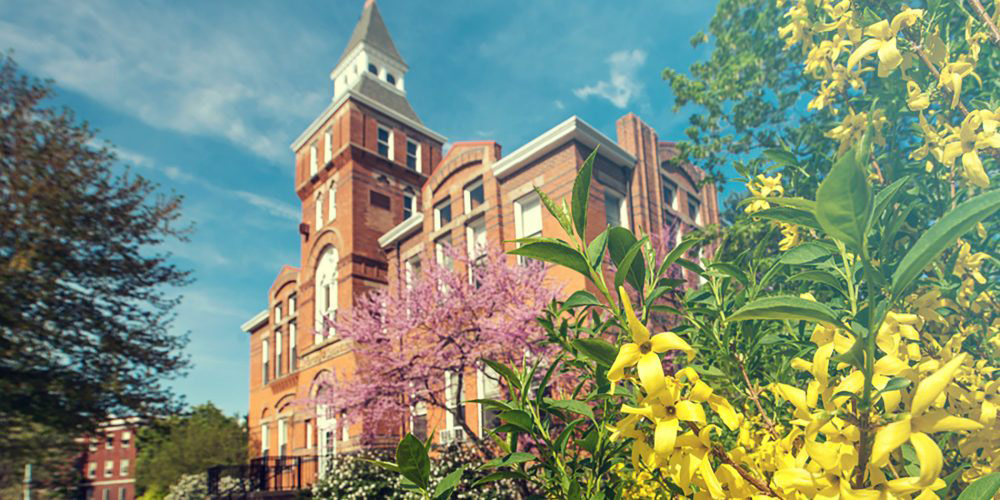At the beginning of the Physics, Aristotle captures something of the essence of the liberal arts and sciences as an endeavor. There he says: “… the natural road is from what is more familiar and clearer to us to what is clearer and better known by nature.” 1
This path from the surface of things to a deeper understanding of their nature is the common root of all disciplines in the liberal arts and sciences; it is the passage from a superficial encounter with the environment to a more substantive engagement with the complexity of the world we inhabit.
The natural and physical sciences enable us to understand the deepest truths about the natural world and the cosmos in which we participate. The social and behavioral sciences afford us insight into the complex nature of human interaction and the dynamics of social and political communities. The humanities bring a theoretically sophisticated, critical, and historically rich tradition of scholarship to bear on the most profound questions that face us as finite beings in a world that all too often escapes our capacities to grasp.
Together the liberal arts and sciences enable us to respond to the most urgent and complex questions we encounter with a nuance each individually is incapable of accomplishing independently. To cultivate the capacity to move from the surface to the depth in the natural sciences, the social sciences, and the humanities is as difficult as it is important. And it cannot be a path open only to a limited few.
In 1862, as the Civil War raged, Justin S. Morrill presented a bill to congress that establish the land grant system of higher education. The vision was to support public institutions “… where the leading object shall be, without excluding other scientific and classical studies … to promote the liberal and practical education of the industrial classes in the several pursuits and professions in life.” 2
Morrill and Abraham Lincoln recognized that cultivating the capacities of citizens to address the problems they encounter in three dimensions and from a depth of understanding could not be limited to the privileged few, but must be accessible to the many. There can be no question that the United States has in large part flourished because of the research and discoveries of the land grant system.
What can be questioned, indeed, what has become a timely and insistent question, is whether or not we will continue to follow them in their wisdom by investing heavily in the liberal arts and sciences as an engine of innovation and advancement that empowers all citizens to address the problems of the 21st century.
The demands of the 21st century are myriad; but they include the need for digital fluency, global interconnectedness, collaborative research, and public engagement. It is not enough to respond to these demands with technical know-how; rather the richer and deeper traditions of the liberal arts and sciences, with their habits of eloquence, critical thinking, ethical imagination, and intellectual curiosity are required if we are to flourish in the 21st century.
Colleges of Liberal Arts and Sciences at our land grant universities are uniquely positioned to respond ethically and with depth and nuance to the hardest problems we face today. Nothing could be more practically expedient than to deepen our commitment to and investment in the liberal arts and sciences, the natural road that leads us to a deeper understanding to our relationships with one another and the world we share.
- Aristotle, Physics I.1, 184a17-19.
- Morrill Act, section 4, July 2, 1862.

